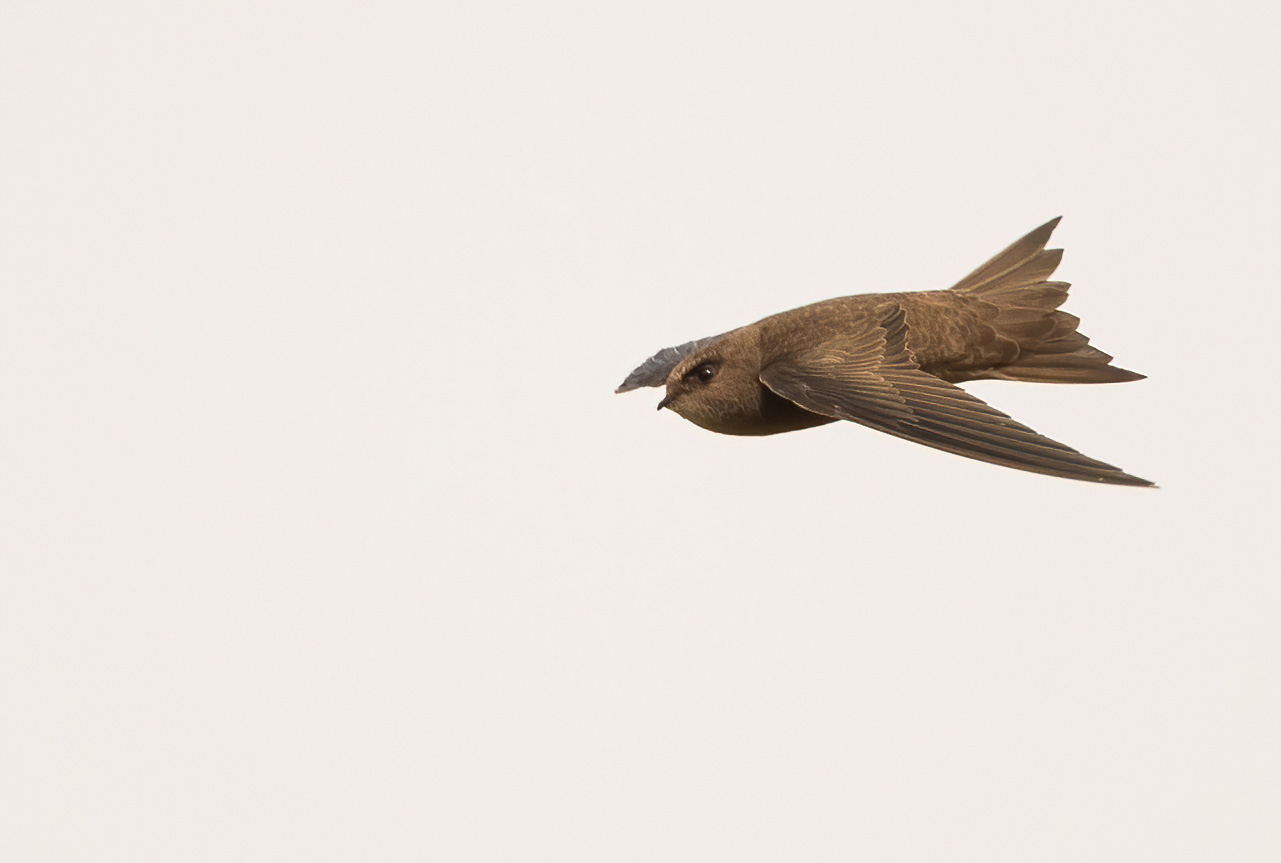Ergens in de krochten van deze site heb ik daar al minimaal twee keer iets over geschreven Leo.
Hier is alles haarfin uiteengezet. Hun samenvatting:
"The Cape Verde kite (Milvus milvus fasciicauda) is considered to be one of the rarest birds of prey in the world and at significant risk of extinction. For this reason there is great interest in both the taxonomic and the population status of this group. To help resolve its taxonomic status, we provide phylogenetic analyses based on three mitochondrial genes for a sampling of kites in the genus Milvus, including a broad geographical sampling of black kites (Milvus migrans), red kites (Milvus milvus), Cape Verde kite museum specimens collected between 1897 and 1924, and five kites trapped on the Cape Verde Islands during August 2002. We found that the historical Cape Verde kites, including the type specimen, were non- monophyletic and scattered within a larger red kite clade. The recently trapped kites from the Cape Verde Islands were all phylogenetically diagnosed as black kites. Our findings suggest that the traditional Cape Verde kite is not a distinctive evolutionary unit, and the case for species status, as recently suggested by others, is not supported. We do find support for recognition of at least one clade of yellow-billed kites, traditionally considered as a black kite subspecies, as a distinctive phylogenetic species."
Enig probleem: dit is een mtDNA studie en kan door introgressie variatie ten onrechte de Kaap verdische wouw als niet interessant hebben aangemerkt. Alleen een zorgvuldige autosomale DNA analyse kan het een en ander ontmaskeren. Exact datgene wat we aan het doen zijn met de tjiffen en de grote witkoppige meeuwen. En exact datgene wat ook bij de oostelijke gele kwikken cruciaal is gebleken. Naar verwachting zal dit ook bij de braamsluipers meer inzichten verschaffen.


